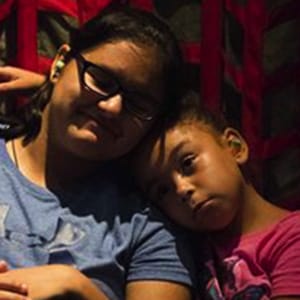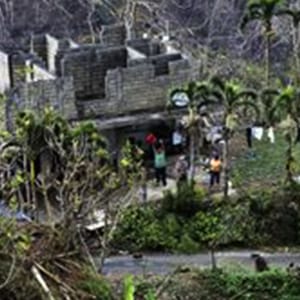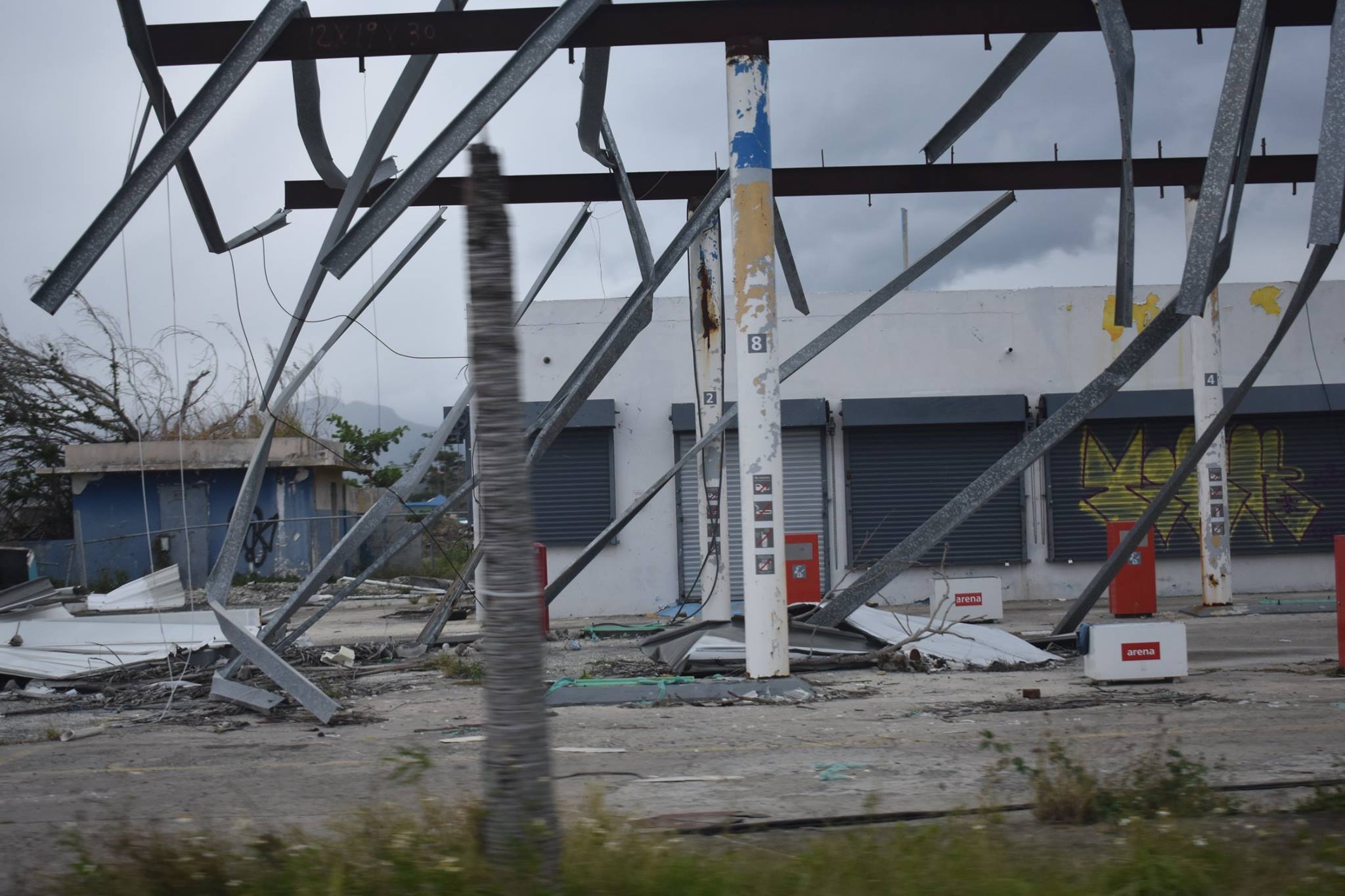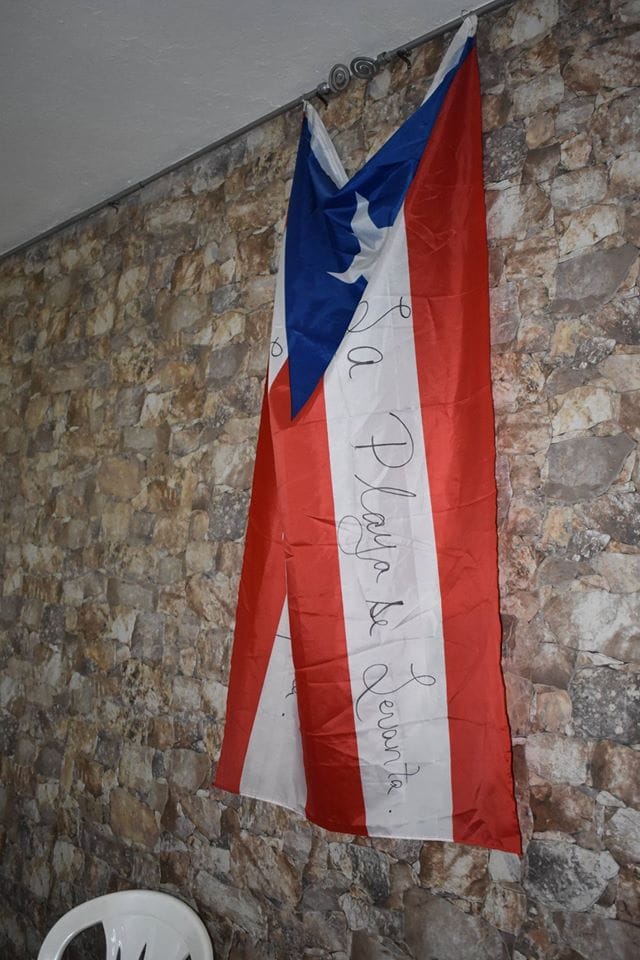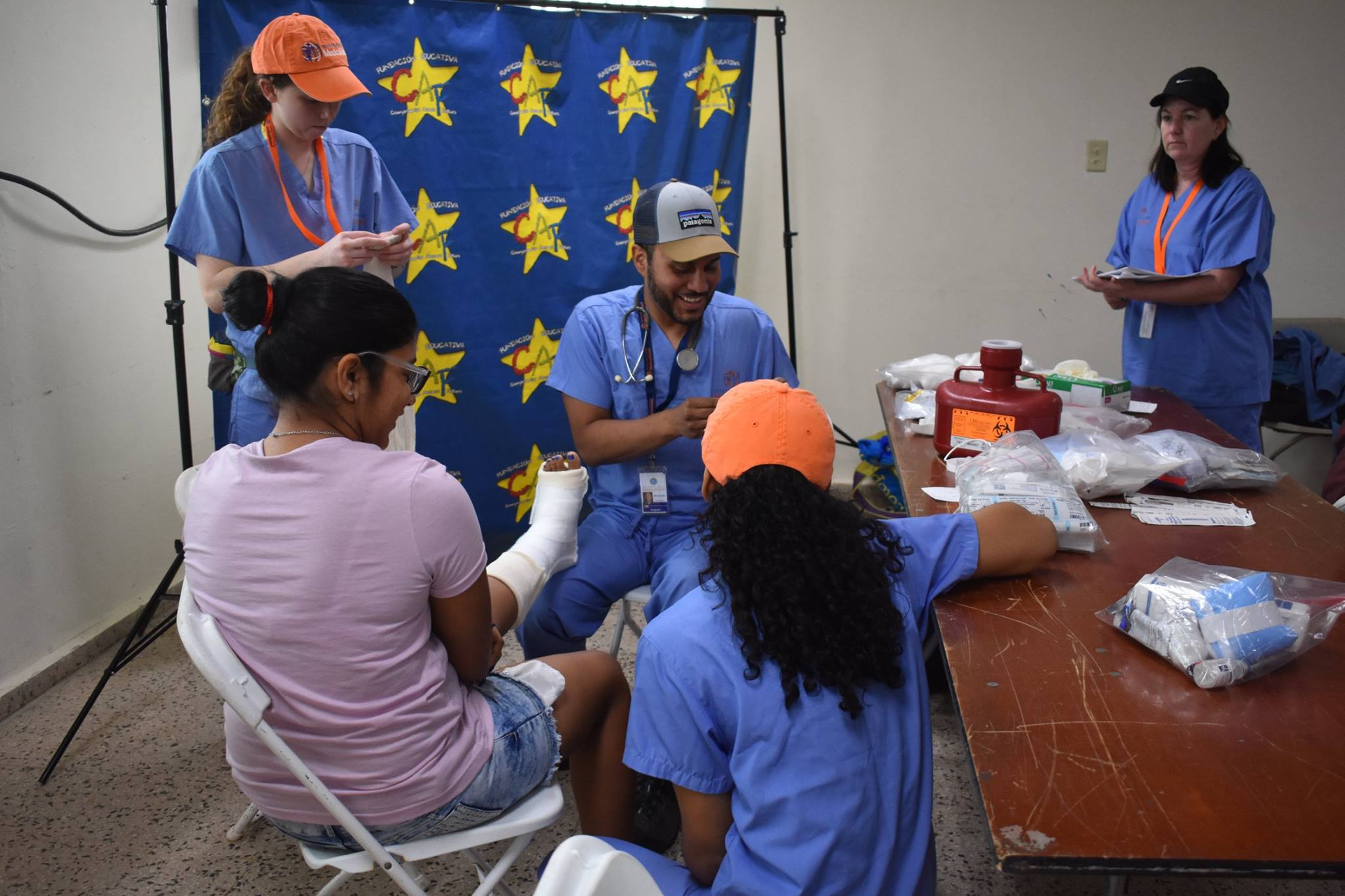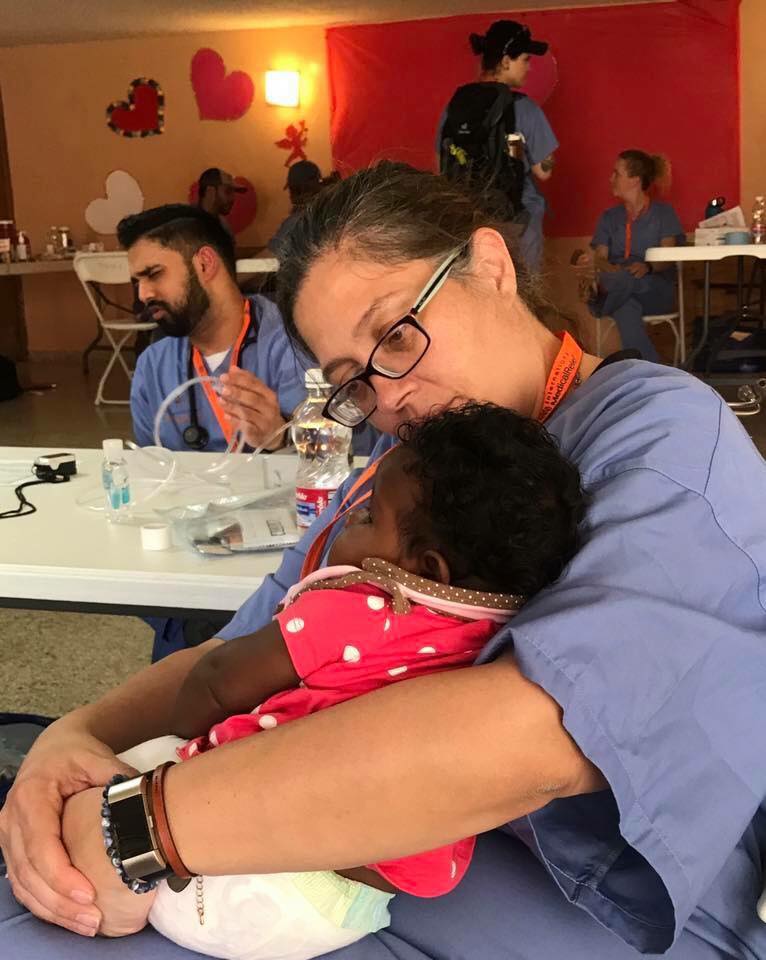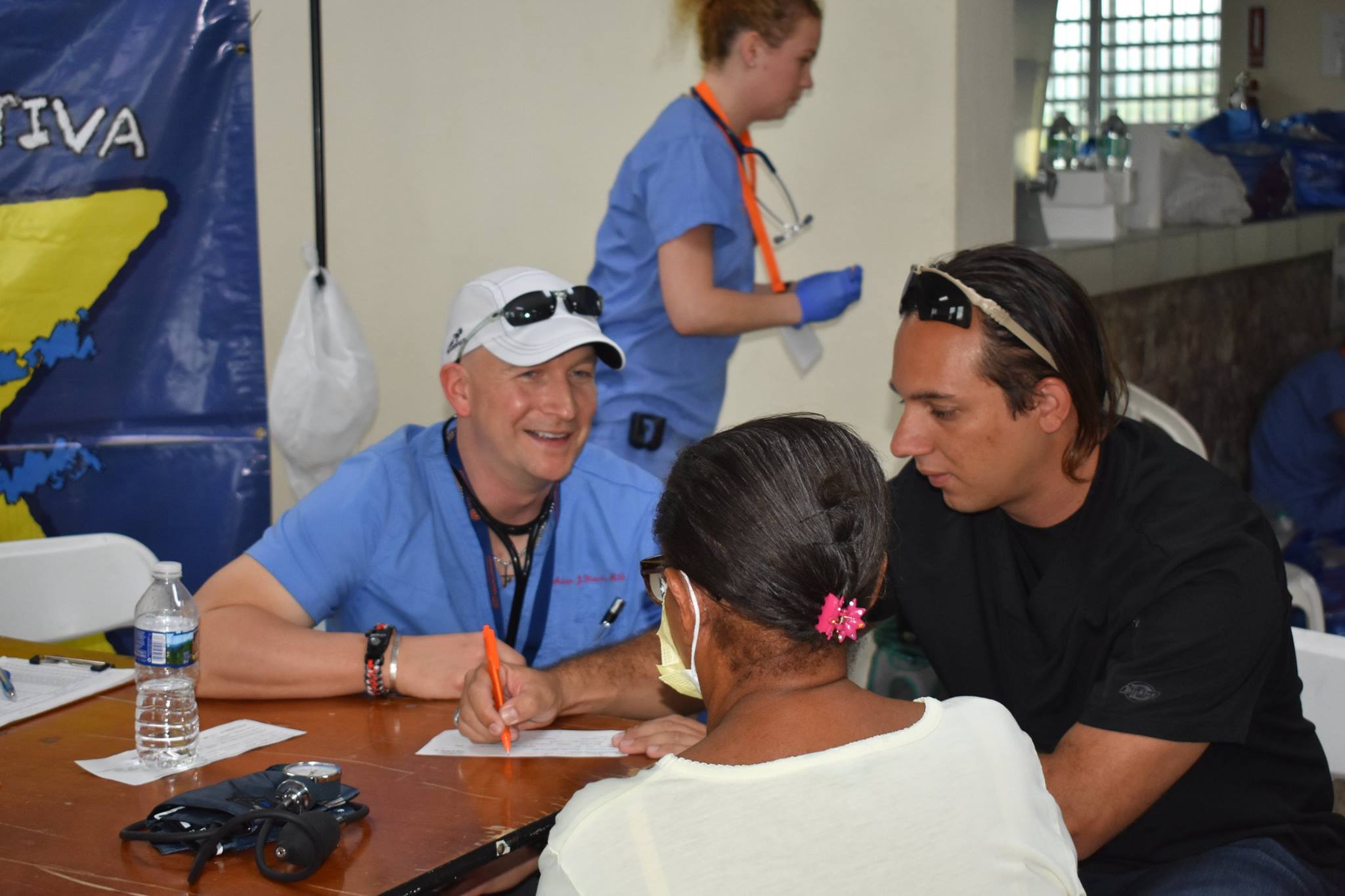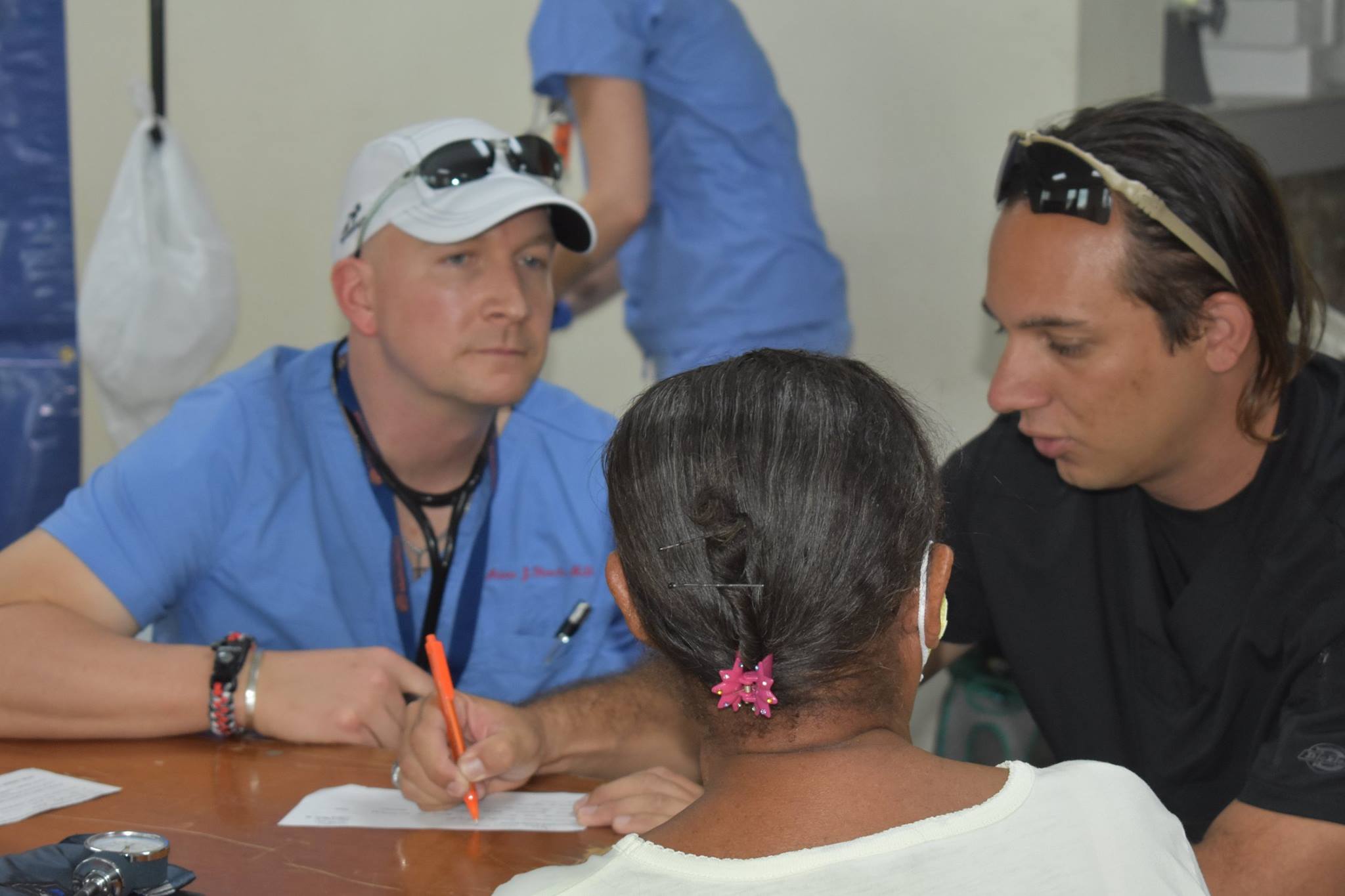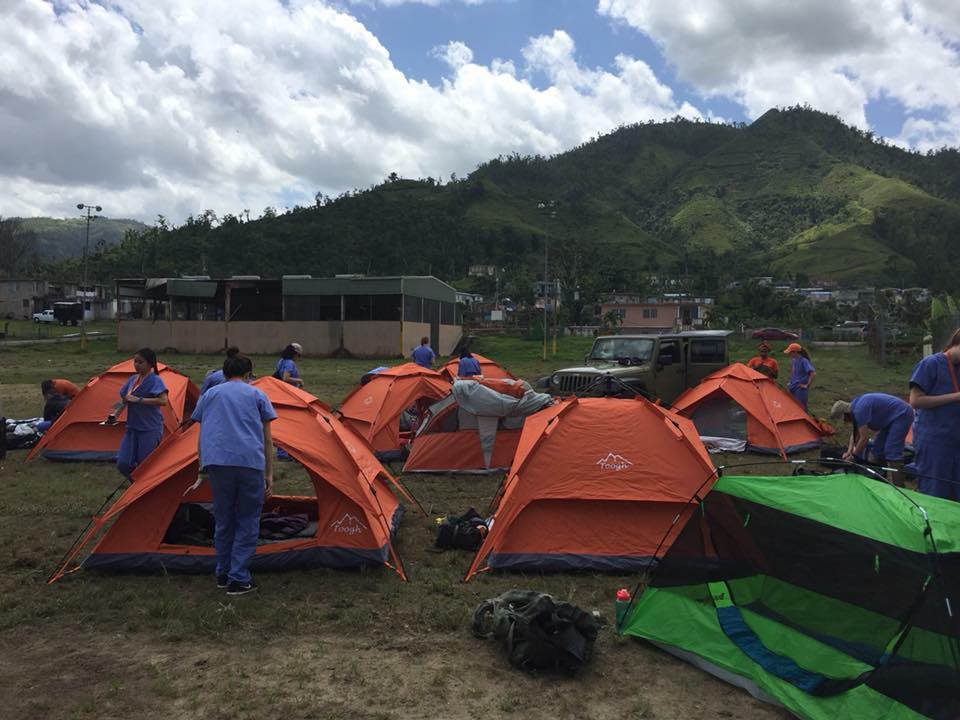Puerto Rico – Hurricane Maria March 2018

In 2017, Puerto Rico was hit with a deadly category 5 hurricane, named Hurricane Maria. hurricane Maria is regarded as the deadliest Atlantic hurricane since Jeanne in 2004. Prior to both hurricane Irma and hurricane Maria, Puerto Rico was already struggling with access to sustainable and reliable power and water. The island’s water system is already vulnerable and the Natural Resource Defense Council reported that approximately 70 percent of the island had water that did not meet the standards of the 1974 Safe Drinking Water Act. Puerto Rico was just starting to recover after Irma that happened two weeks prior to Maria. This left Puerto Rico no time to replenish supplies and resources. Evacuation orders were issued in Puerto Rico in advance of Maria, and officials announced that 450 shelters would open in the afternoon of September 18. By September 19, 2017, at least 2,000 people in Puerto Rico had sought shelter. These two devastating hurricanes back-to-back caused a major humanitarian crisis in Puerto Rico.
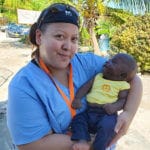
International Medical Relief (IMR) was quick to respond. This hurricane knocked out power, destroyed homes, and flooded neighborhoods. With limited or no power, fuel, food, and resources, the citizens of Puerto Rico were vulnerable to disease and health complications. International Medical Relief was asked to provide medical care to those most in need. IMR sent IMR three sent out a dental and medical mission over a three-week period to help in this effort, then two more teams in March 2018. IMR clinics are composed of both our corps of international medical staff and local providers who partner shoulder-to-shoulder to help deliver sustainable healthcare elevating access to care for our patients. During this medical mission trip, a total of 69 volunteers and staff served over 1,185 patients. IMR provided much needed aid to the local health care system during the recovery period. IMR teams that included EMTs, nurses, doctors, dentists, and students who reached beyond borders in order to provide critical care to the most vulnerable populations in the aftermath of Maria. During our urgent response to this disaster, IMR was able to provide a total aid value of $1,978,315.
Also, our first responders medical team also provided community health classes to further the patient’s knowledge and education on health matters related to their personal health needs.
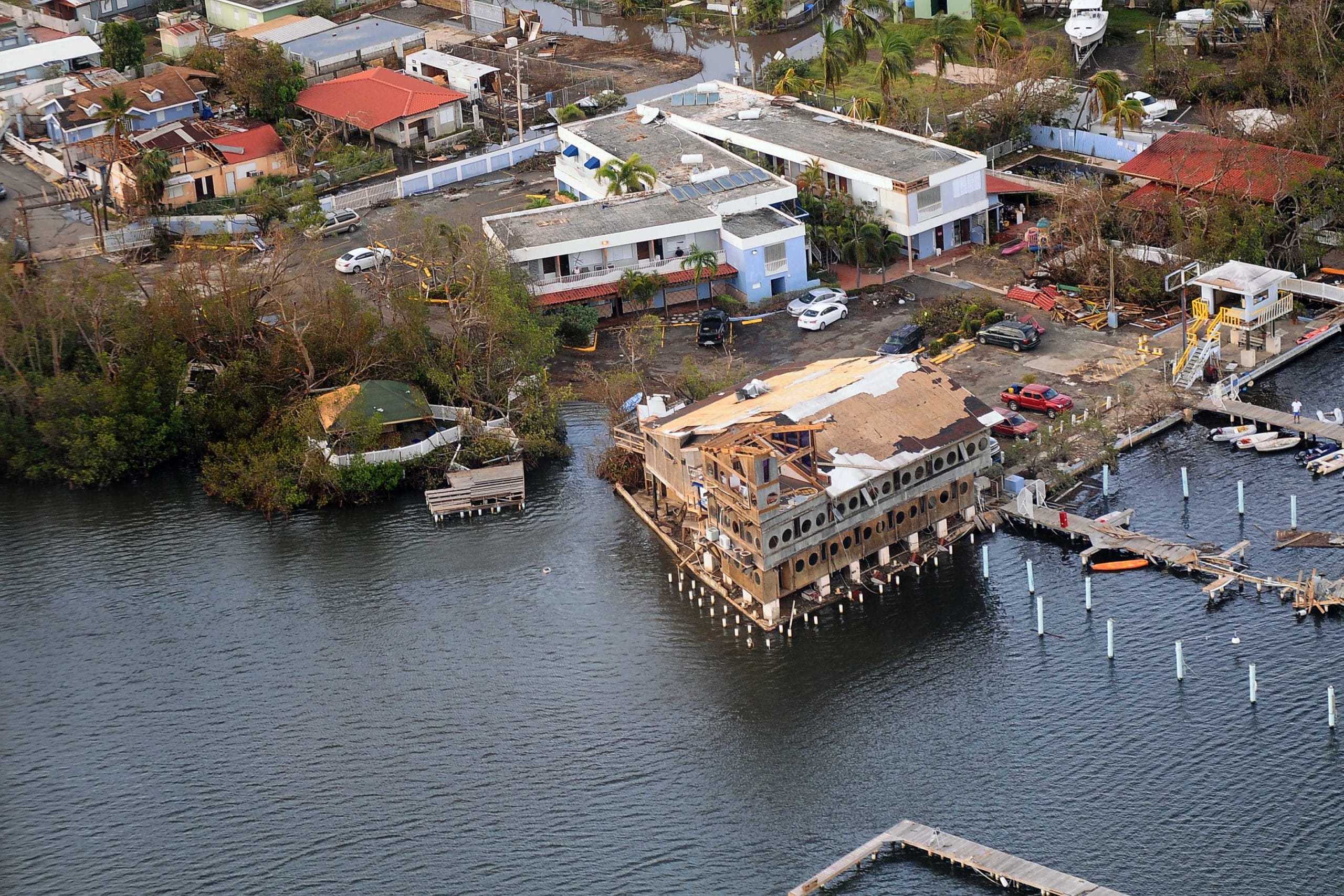

Join Us in Making a Difference.
Bring much-needed acute medical and dental care to a beautiful, culture-rich destination. You can join an IMR medical mission team today!
